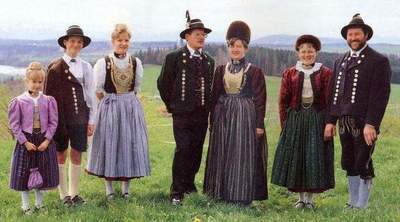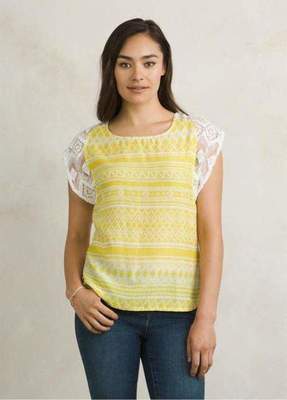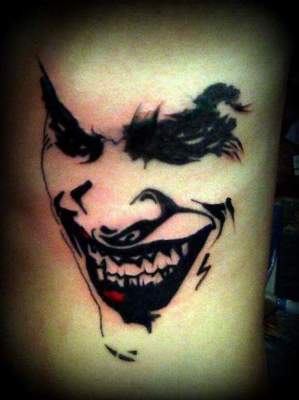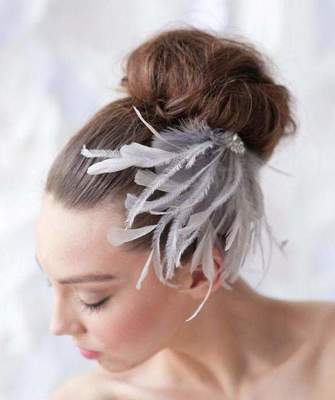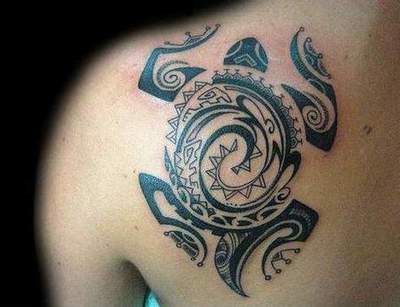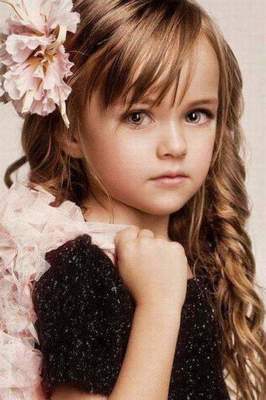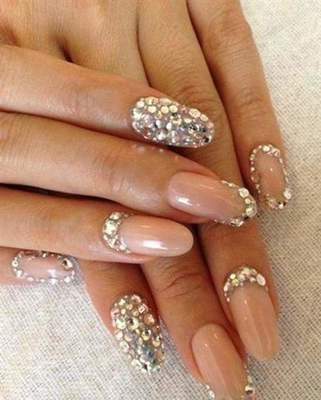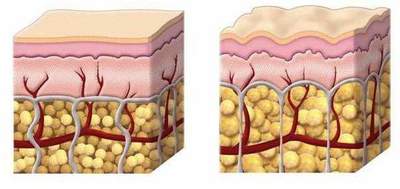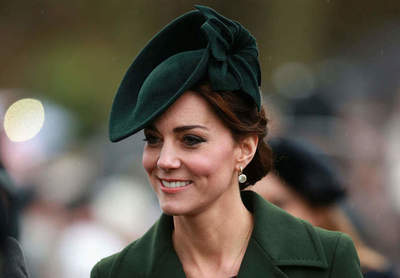Medieval dress and their history
Fashion in modern society plays an important role. It makes its own rules. Sometimes her not keep up. As for fashion in the Middle Ages, it had an even greater power and influence on the people. Her setter was the royal family, and the medieval dresses sometimes become the cause of hardball intrigue.

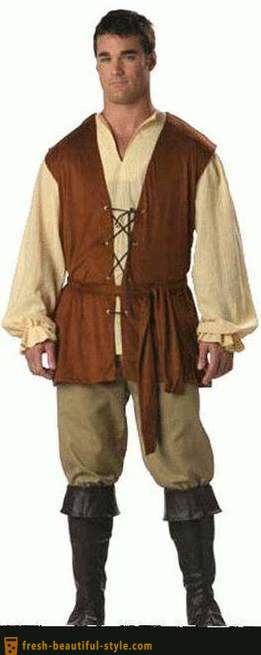
Fashion for the stronger sex
Men's outfits during this period will cover, long, dark tones and fabric were similar to female medieval dress. Fashion for a strong half of humanity appeared with the advent of the armor, which replaced the mail. They are worn over dresses and men's long been extremely inconvenient for the defense and protection, so they were replaced zhupans started. Since then began numerous experiments. In order to sew a medieval dress pattern was made by special technology and performed at a high level, this skill could be the envy of even the modern designers. Fabric for clothing was strewn with diamonds, making it beautiful, but uncomfortable and heavy.
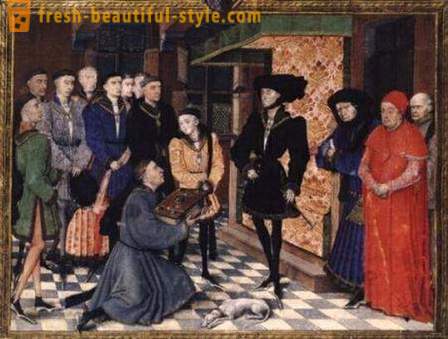
The medieval fashion for ladies Women aristocratic bloods wore chic outfits. Buy a medieval dress could not even all the nobles, because they cost expensive, so in the locker room appeared a few new outfits a year. Fashion solved many of the issues under its influence two decrees in the XIII century were even published. According to the rules of origin nedvoryanskyh women had no right to sew dresses for more than two years, it was believed for four noble ladies. The weaker sex is replete with their clothes. Every woman wanted to stand out and be the best in the kingdom.
Hats
Henin - conical hat with a train, it was very popular. In fact, there were many other forms of headgear, but the delight is still an indispensable attribute of the fabulous fairies.
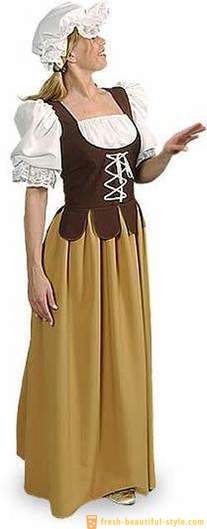
What was the medieval dresses
Splendor was in vogue. This fact is reflected in the clothes. By corset fastened metal frame through which the skirt looked like shape on the bell. Close cushion placed on the thighs, which gave barrel look. Women wore skirts around twelve. Loop skirt could reach eleven meters. The most famous medieval dress "Rob" had a high waist under the breast. Skirt widely ringed and wide sleeves decorated with fur. Was popular coat - cape trimmed with ermine fur. Clothing common people
Class inequality was so large that a medieval dress of the lower class of society over time is almost not changed. Sewed clothes of wool, usually gray. Do not think that colored clothes were only for the rich, the poor, too, bought it, just worn only on holidays.
conclusion
In medieval times, fashion was not just fun, it can help showing their status in society. Trends in clothing regulated by law, so that everyone knows their place. For example, even the rich merchant could not afford to beat the nobleman, is forbidden fashion rules, and violators could be arrested. That's the whole story of a small medieval dress.


